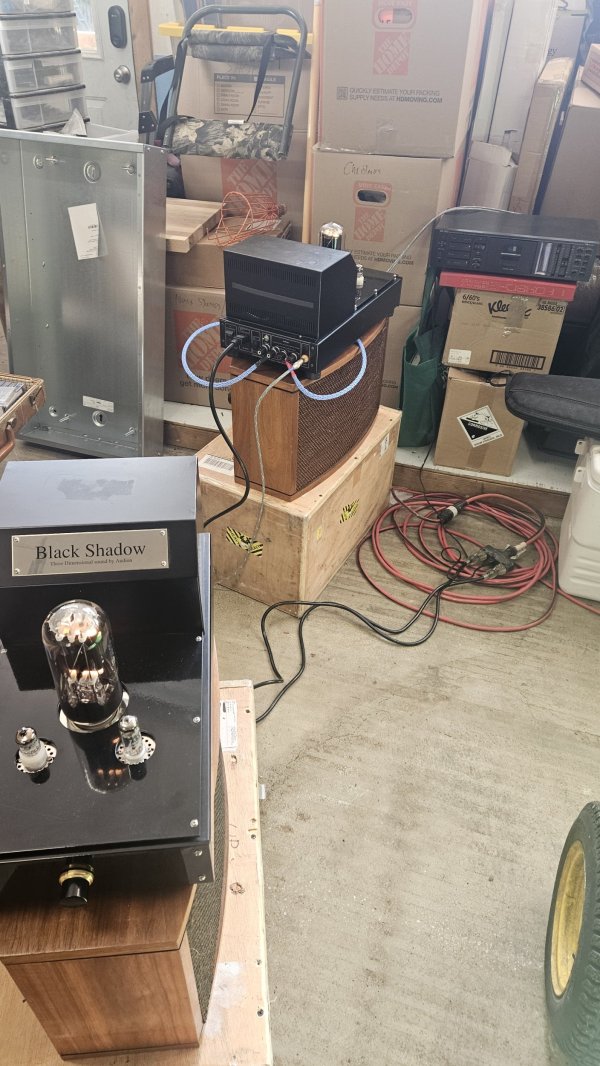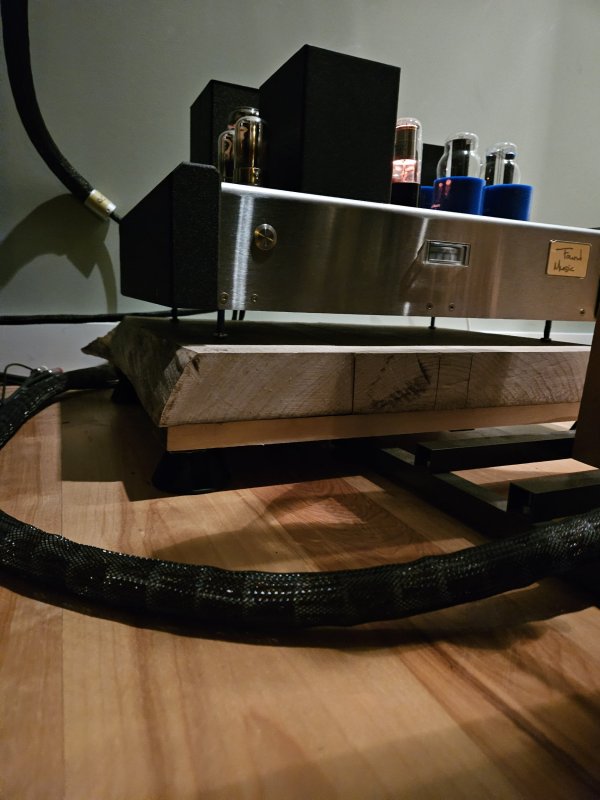The point is to buy quality to avoid repairs in the first place I think, not point to point wiring or not. I reputable brand will be more likely to last than a small backyard company , I think .I would disagree. A point to point wired tube amp will be easy to repair. On the other hand, if Technics for example stops making a circuit board, it will be difficult to replace an integrated circuit.
If it is properly made it does not break ,No repair is required, My Technics SU-A900Mk2 till still fine working 32 years after I bought it, even if the transistors may not be available any more. My Marantz CD63mkII Signature also works fine after 30 years. Original poster obviously had a poorly designed and poorly manufactured product, beeing point to point wired does not help then. It reminds me of certain crappy C@£$€€ tube amplifiers that used to hum and fail all the time.. Look cool but sound bad and fail. Properly designed tube amps does not fail either, my Cayin 300B point-to-point wired I had for 15 years without any problem, before selling it for twice what I paid for it.
It is a bit like buying cars, some people buy some Korean car because of the 7year warranty, then it must must be good right?. I buy my Toyota with 5 years warranty. Or buying a Alfa Romeo, nice design and looks good , but faults and failures all the time...
After 10 years the Korean car is rusty failing and going to the scrap yard, while I am still driving my Toyota after 20 years without the need for any repairs, just change oil and tyres.. And the Alfa ? it is in the garage beeing restored to former glory

















